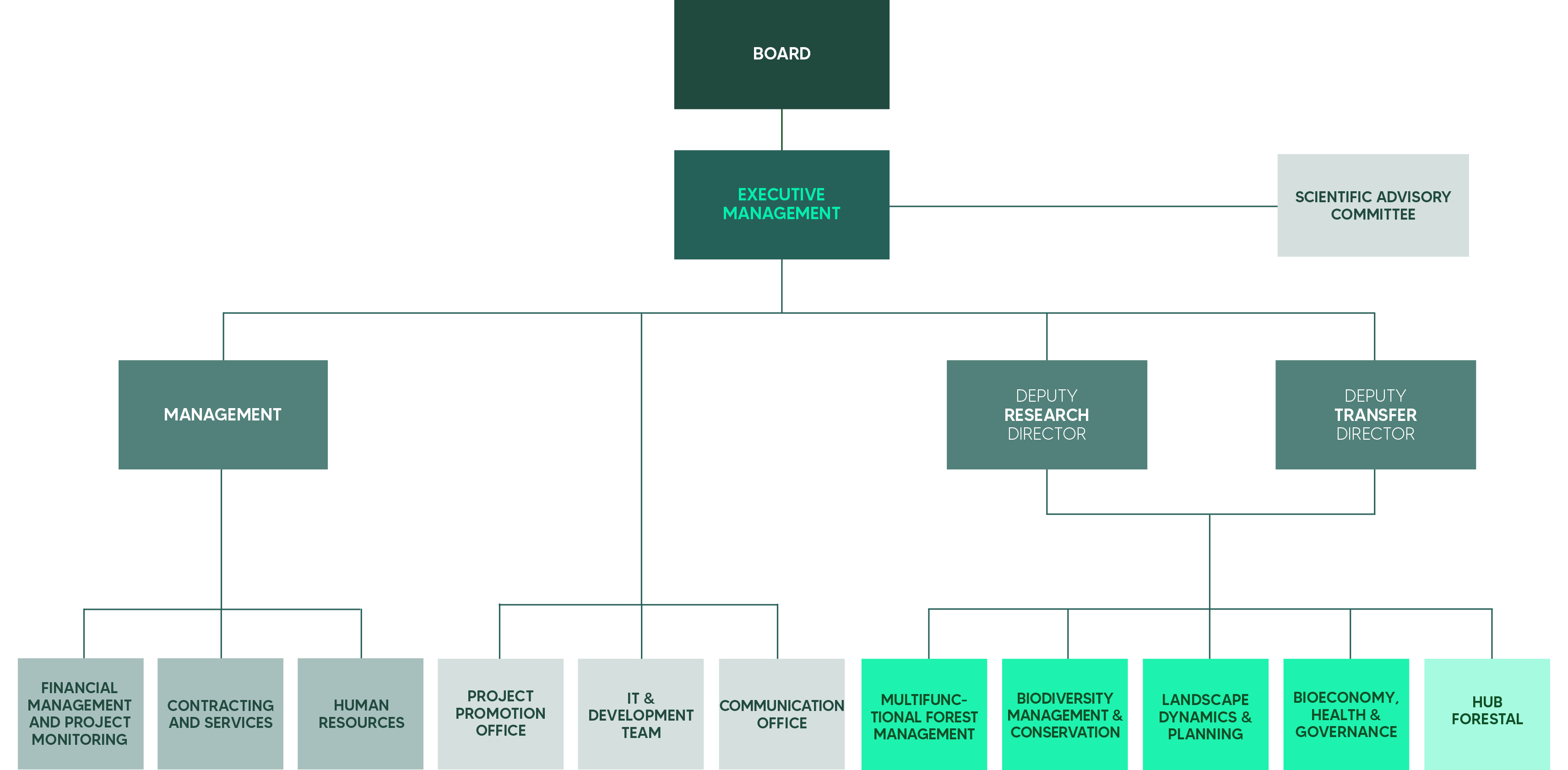CTFC
Team
The Landscape Modelling group develops and applies multi-scale models of forest dynamics and management, landscape dynamics and changes in land use, in order to project and evaluate management strategies at the landscape level that improve the resilience of forests and agroforestry ecosystems in the face of global threats, in order to ensure the sustainable provision of the corresponding ecosystem systems. The modelling tools are complemented by the development of spatial optimisation methodologies in order to help design resilient agroforestry landscapes, taking multiple spatial priorities and objectives into account as well as restrictions related to experts, landowners and stakeholders. These optimisation tools are at the cutting edge of methodological approaches, using both heuristic and exact models to seek balance between the various objectives (biodiversity conservation, social and economic objectives, etc.) that often form part of the decision-making process at the landscape level.
The group’s object of study also includes the integration of remote sensing (satellite, LiDAR) and forest inventory data to produce a meticulous and up-to-date characterisation of the condition of forest environments, the development of online platforms to visualise the future evolution of forests and landscapes, and the creation of applications to collect citizen science data that enable the validation of forest and fuel models.
The group’s object of study also includes the integration of remote sensing (satellite, LiDAR) and forest inventory data to produce a meticulous and up-to-date characterisation of the condition of forest environments, the development of online platforms to visualise the future evolution of forests and landscapes, and the creation of applications to collect citizen science data that enable the validation of forest and fuel models.
TEAM
Featured Projects
Contact
Núria Aquilué Junyent / nuria.aquilue@ctfc.cat / 973 48 17 52
Forest Science and Technology Centre of CataloniaCrta. St. Llorenç de Morunys, Km.2


